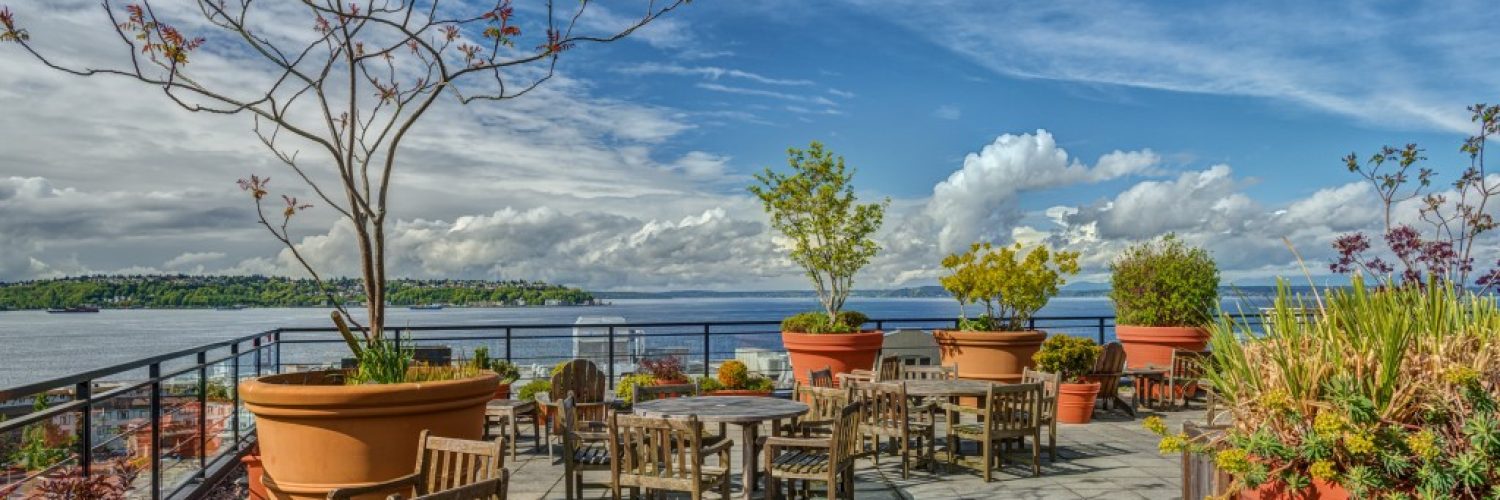Congratulations! You’ve saved up enough to buy real estate for your first business. The culinary-inclined may opt to build a restaurant, and if they want to do business in sunny Brisbane or Perth, establishing an Al fresco restaurant is an obvious choice.
Whether you decide to call Stratco for your patios or have your building contractor build those outdoor spaces for you, keep these Al fresco dining tips in mind:
When is Al Fresco Dining Viable?
Al Fresco has a different connotation in Italy than elsewhere, though for the purpose of this article, it means dining outdoors. If your restaurant has extra space in the back, a loft, balcony, or garden that are clear from environmental hazards, that space can be used for Al fresco dining.
Outdoor seating has many benefits. Setting tables out on your patios increases the number of customers you can serve, attracts diners intrigued by your outdoor setup or groups and events that will spill over from the interior of your restaurant.
How Do You Lay Your Patio Out?
Your patio must follow the design of the rest of your restaurant. You can’t very well create a tropical jungle in the back if the insides of your restaurant are patterned after Mediterranean taverns. Ensure that the decoration in the outdoor dining area is perfectly balanced. Not too many fairy lights, planters, or bins, and not too little that there aren’t even umbrellas for diners.
Consider spacing in your designs as well. If the outdoor dining area only has space for three tables, don’t attempt to stuff five in there or you’ll risk collisions or other hazards.
What Type of Furniture Does Your Patio Need?
Outdoor furniture is as varied as the colours of the rainbow. As you may have guessed, outdoor furnishing should match your interior decoration, though not to the point that you’re hauling weather-sensitive antiques out where it could be damaged by the elements. Pieces that fit the theme of the restaurant without taking too much space are ideal for Al fresco dining areas.
How Do You Deal With the Weather and Pests?

Being outside means being exposed to heat, rain, snow, and other elements. A prepared restaurant always has an answer for every event. Large umbrellas for light rain or sun, portable air coolers at times of extreme heat and the opposite—space heaters and the like—for winter feasting. Check if your outdoor dining area will be directly hit by sunlight at certain times, or is beside a large building that can shield it from the worst of snow and other adverse weather effects.
As for pests, bug zappers that can be placed discretely around the dining space can save you from worrying about diners accidentally bumping into them. Citronella and other plants that can ward off mosquitoes and other insects will have the bonus of looking pleasant for diners. Cover trash receptacles and clean all surfaces outside your restaurant properly to prevent the growth of flies.
Don’t be so focused on maximising your restaurant’s outdoor space that you neglect your interiors. Keep ample space inside your restaurant to accommodate diners who may find the sun a bit too much. Wide interior space can also accommodate customers driven inside by the rain without disrupting the experience of those already inside your restaurant. Consider your options and discuss them with your trusted outdoor contractor.

